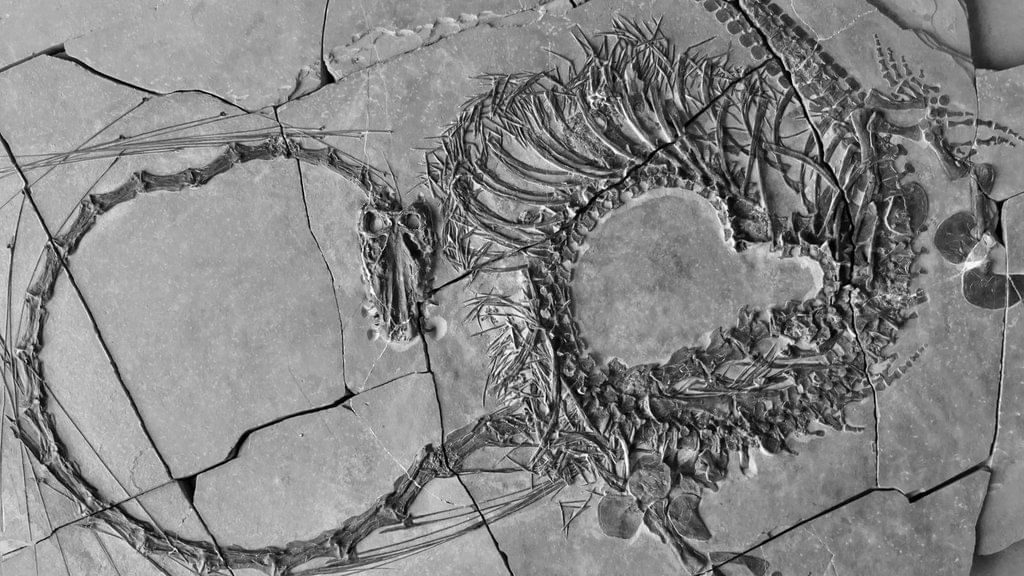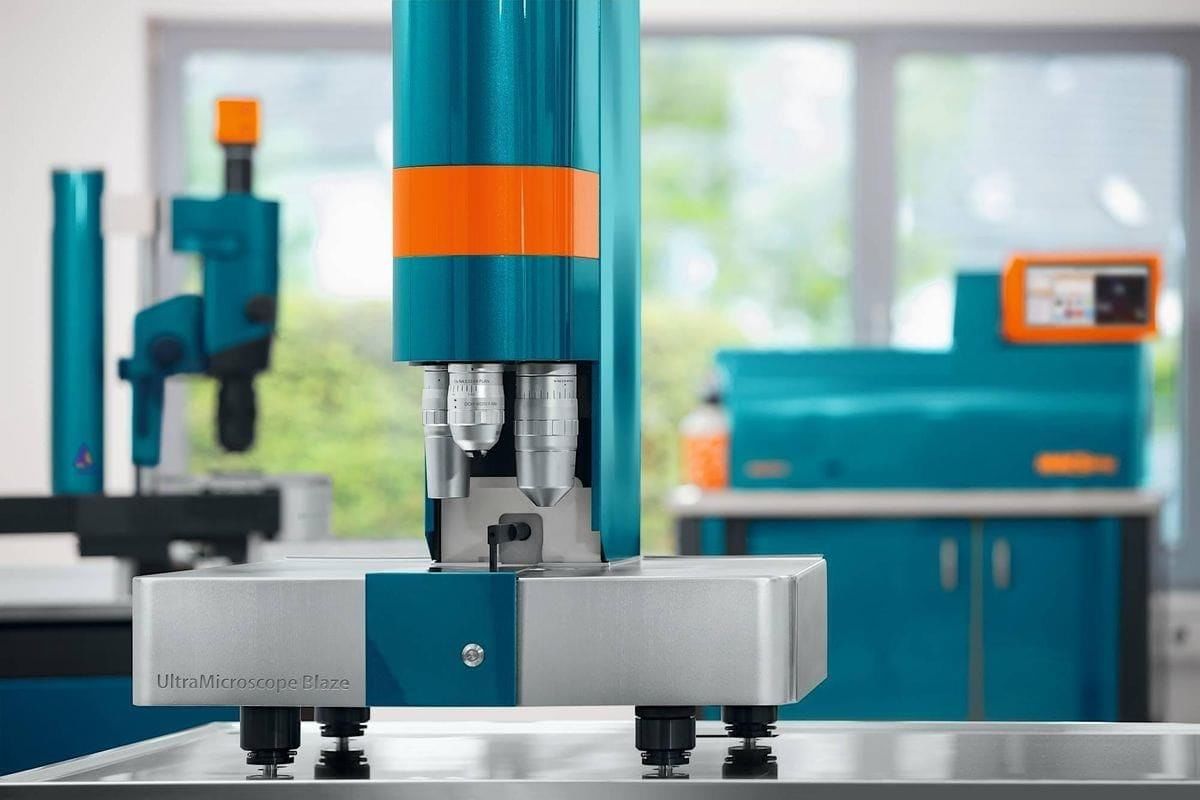PIB Summary - 18th June 2025 | PIB (Press Information Bureau) Summary - UPSC PDF Download
A 24-million-year-old secret unearthed by the discovery of fossil leaves, found to be familiar in the Makum Coalfield of Assam

Introduction
- A recent fossil discovery in the Makum Coalfield, Assam, has shed light on the region's ancient climate and ecology.
- The fossilized leaves, dated to around 24–23 million years ago during the Late Oligocene, belong to the genus Nothopegia, which is currently found only in the Western Ghats.
Methodology
- The study was conducted by the Birbal Sahni Institute of Palaeosciences (BSIP) in Lucknow, using various techniques such as herbarium comparison, cluster analysis, and the Climate Leaf Analysis Multivariate Program (CLAMP).
Scientific Insights
- The discovery marks the oldest fossil record of Nothopegia, indicating that Northeast India was once warm and humid, similar to the present-day Western Ghats.
- This finding supports the idea of a tropical past for the region, before significant climatic changes occurred.
Climatic and Geological Changes
- The uplift of the Himalayas altered the climate of Northeast India, making it cooler and drier.
- As a result, Nothopegia disappeared from the region but continued to thrive in the stable environment of the Western Ghats.
Multidisciplinary Approach
- The research integrated paleobotany, systematics, and climate modeling to reconstruct ancient environments and understand plant migration and survival patterns.
Broader Implications
- The study highlights that extinction and migration are natural processes that occur over long periods.
- However, the current pace of change, driven by human activities, is much faster.
- This research can help predict how plants might respond to future changes and warns of potential biodiversity loss under climate stress.
Conservation Message
- The Western Ghats serve as a refuge for ancient species, underscoring the need to protect such biodiversity hotspots.
- Learning from past ecological changes can guide future conservation efforts and actions.
A simplified method to synthesize nano-cups that can blaze the cancer with heat

Key Discovery
One-Step Synthesis: The research focuses on a one-step process to create nano-cup shaped PEGylated semi-shells (SS). Application in Cancer Treatment: These semi-shells are designed for photothermal therapy (PTT), a method used to treat cancer by ablation (destruction) of tumors using heat generated by light.
Methodology
Development and Publication: The method was developed by the Institute of Nano Science and Technology (INST) in Mohali, in collaboration with the Advanced Centre for Treatment, Research and Education in Cancer (ACTREC) and the Indian Institute of Technology (IIT) Bombay. It was published in Communication Chemistry, a journal by the Nature group. Synthesis Process: The synthesis process is carried out at room temperature using a colloidal method. The template used for synthesis is ZIF-8, a type of metal-organic framework (MOF). The etching process is done using ascorbic acid, which is a mild and non-toxic method.
Technical Innovation
- Eco-Friendly Process: The method does not require toxic precursors, high heat, or hydrofluoric (HF) acid, making it environmentally friendly.
- In Situ Growth: Gold nanoparticles grow in place of the etched ZIF-8, forming the semi-shell structure.
- Strong NIR Absorption: The resulting semi-shells exhibit strong absorption of near-infrared (NIR) light, making them suitable for photothermal therapy.
- Equipment-Light and Scalable: The method is not equipment-intensive, scalable for larger production, and eco-friendly.
Surface PEGylation Benefits
- Blood Compatibility: PEGylation enhances the compatibility of the semi-shells with blood, reducing the risk of adverse reactions.
- Cryo-Preservation and Stability: PEGylated semi-shells have improved stability and can be preserved safely at low temperatures.
- Longer Shelf Life: The surface modification ensures a longer shelf life and safe injection of the semi-shells.
- Increased Circulation Time: PEGylation increases the circulation time of the semi-shells in the body, enhancing their targeting ability.
Efficacy & Results
- In Vitro and In Vivo Testing: The PEGylated semi-shells were tested both in vitro (in the lab) and in vivo (in mice models) to evaluate their effectiveness.
- Tumor Destruction: The tests showed that the semi-shells effectively destroyed metastatic breast tumors when subjected to photothermal therapy.
- Survival Rate and Relapse Risk: The treatment boosted the survival rate of the mice and reduced the risk of tumor relapse.
- Non-Toxicity and Photothermal Efficiency: The semi-shells were found to be non-toxic and exhibited high photothermal efficiency, making them suitable for clinical applications.
Advantages Over Traditional Methods
- Simplicity and Speed: The synthesis method is simpler, faster, and non-toxic compared to traditional methods.
- Improved Tumor Targeting: The PEGylated semi-shells offer better tumor targeting and tissue penetration, enhancing therapeutic outcomes.
- Higher Precision and Stability: The method ensures higher therapeutic precision and stability of the semi-shells in the body.
Future Scope
- Combined Chemo-Photothermal Therapy: The PEGylated semi-shells can be explored for combined chemotherapy and photothermal therapy for enhanced cancer treatment.
- Applications in SERS Biosensing: Due to their optical features, the semi-shells hold promise for applications in Surface-Enhanced Raman Scattering (SERS) biosensing.
- Advanced Cancer Treatments and Diagnostics: The research opens avenues for advanced cancer treatments and diagnostics using PEGylated semi-shells.
FAQs on PIB Summary - 18th June 2025 - PIB (Press Information Bureau) Summary - UPSC
| 1. What is the significance of the 24-million-year-old fossil leaves found in the Makum Coalfield of Assam? |  |
| 2. How do nano-cups synthesized through the new method target cancer treatment? |  |
| 3. What are nano-cups, and what role do they play in modern medicine? |  |
| 4. What research methods are typically used to analyze fossil finds like those in Assam? |  |
| 5. What potential benefits do advancements in cancer treatment technologies, such as the use of nano-cups, offer? |  |





















